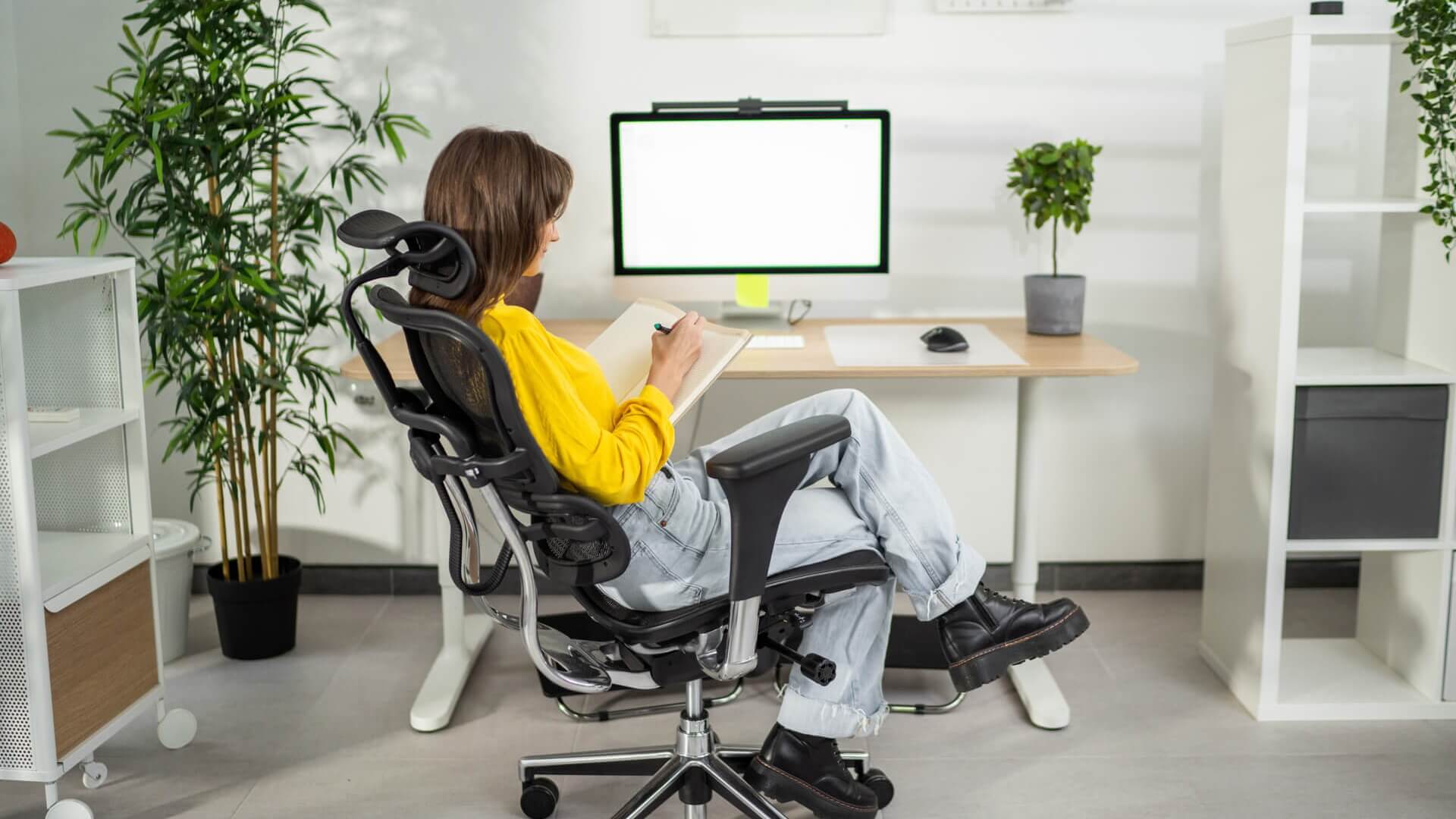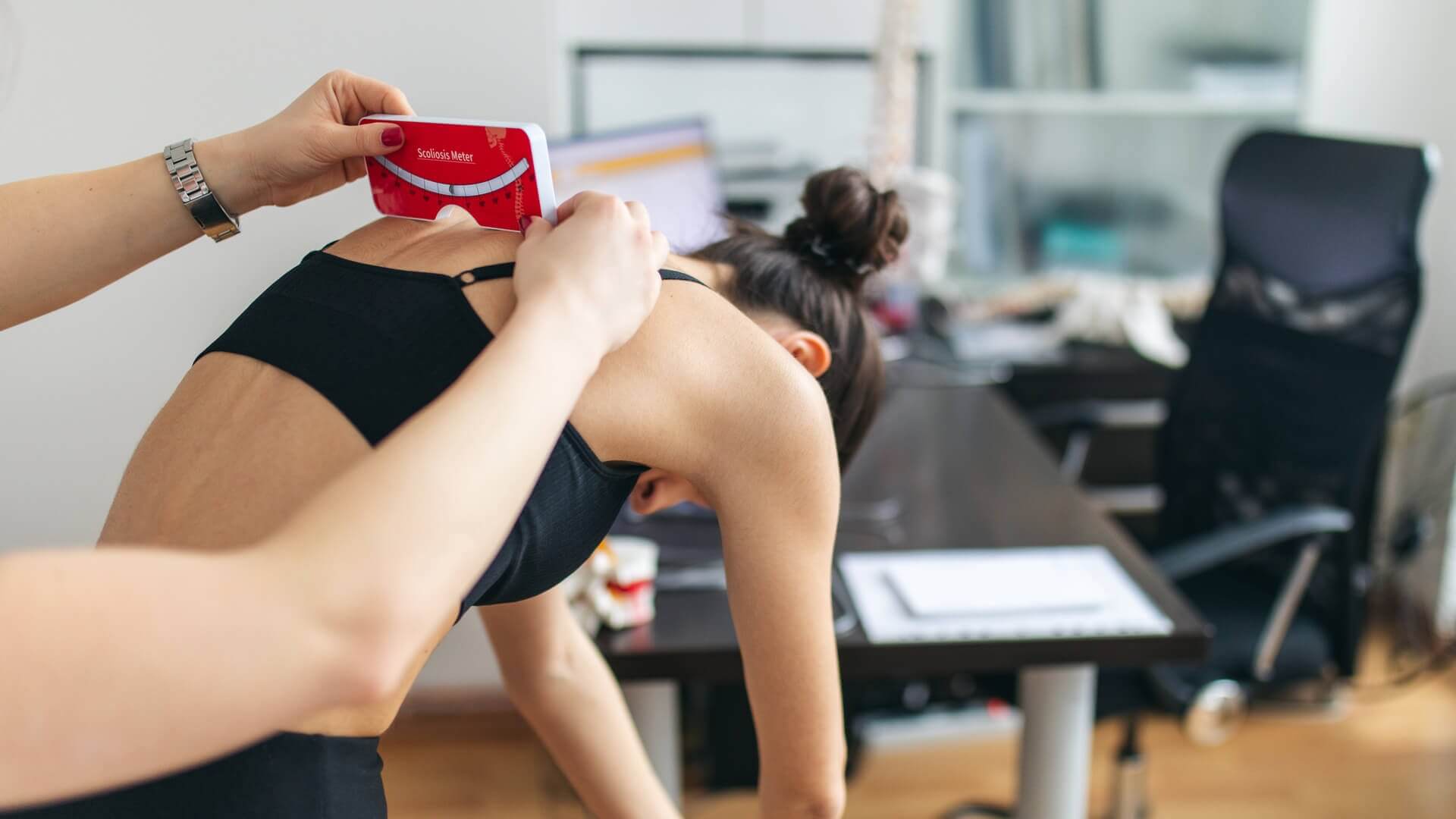Common symptoms of scoliosis
According to Health Direct, recognising the signs of scoliosis is important to ensure you get the support you need early on.
It’s essential to understand that scoliosis isn’t a personal limitation but rather a condition that society can help accommodate through appropriate accessibility measures and support systems.
Some of the common symptoms of scoliosis, as explained by Health Direct, include:
Uneven shoulders
One shoulder may sit higher or appear more prominent than the other. This can lead to discomfort when carrying bags or backpacks. Creating supportive, ergonomic designs is one way society can help reduce the burden of this symptom.
Uneven waist
Scoliosis can cause your waistline to look uneven, making certain clothes feel uncomfortable. With a growing awareness of different body shapes and needs, designers are now creating more adaptive clothing options to improve comfort and self-confidence.
Visible spinal curvature
When bending forward, a visible spinal curve may become noticeable. While this can lead to self-consciousness, an inclusive attitude in society can help to reduce any stigma, promoting body positivity and confidence for everyone.
One hip higher than the other
You might notice one hip appears higher than the other, which can lead to an uneven gait or posture. With better understanding and supportive environments—like ergonomic seating and custom footwear—people with scoliosis can navigate daily life with greater ease and comfort.
Protruding rib on one side
In some cases, scoliosis can cause one side of the ribs to protrude more than the other. This may be uncomfortable when sitting or lying down, but changes in design, such as in furniture and clothing, can help reduce discomfort and ensure equal participation in everyday activities.
Changes in posture
Scoliosis often leads to changes in how you hold your body, with your posture becoming unbalanced due to the spinal curvature. With accessible environments and increased societal understanding, people with scoliosis can manage these challenges and maintain their independence.
Back pain and discomfort
Back pain, particularly in the lower and middle back, is a common experience. This pain can impact physical activity and daily tasks, but workplaces and communities can help by providing flexible work options, ergonomic tools, and better access to supportive services.
Difficulty breathing
In severe cases, scoliosis can compress the lungs, making it harder to breathe, especially during physical activities. Awareness of these symptoms can lead to better accommodations in physical education, sports, and other environments where participation might otherwise be affected.
Fatigue
Maintaining balance and posture can lead to physical strain and fatigue. To support people with scoliosis, society can offer flexible work schedules, more rest areas, and a general understanding of the condition, helping to minimise the impact of fatigue.
Muscle imbalance
Scoliosis can cause uneven muscle development on either side of the spine. This imbalance might make certain physical activities more challenging, but inclusive fitness programs and a greater focus on accessible environments can support better participation in daily life.
Neurological symptoms (for severe cases)
In more severe cases, scoliosis can cause numbness, tingling, or muscle weakness, often due to spinal nerve compression. These symptoms require immediate medical attention, and it’s important that people with scoliosis have access to the healthcare they need.
If you’re concerned about any of these symptoms, it’s important to seek advice from a healthcare professional to get a proper diagnosis and explore treatment options.






